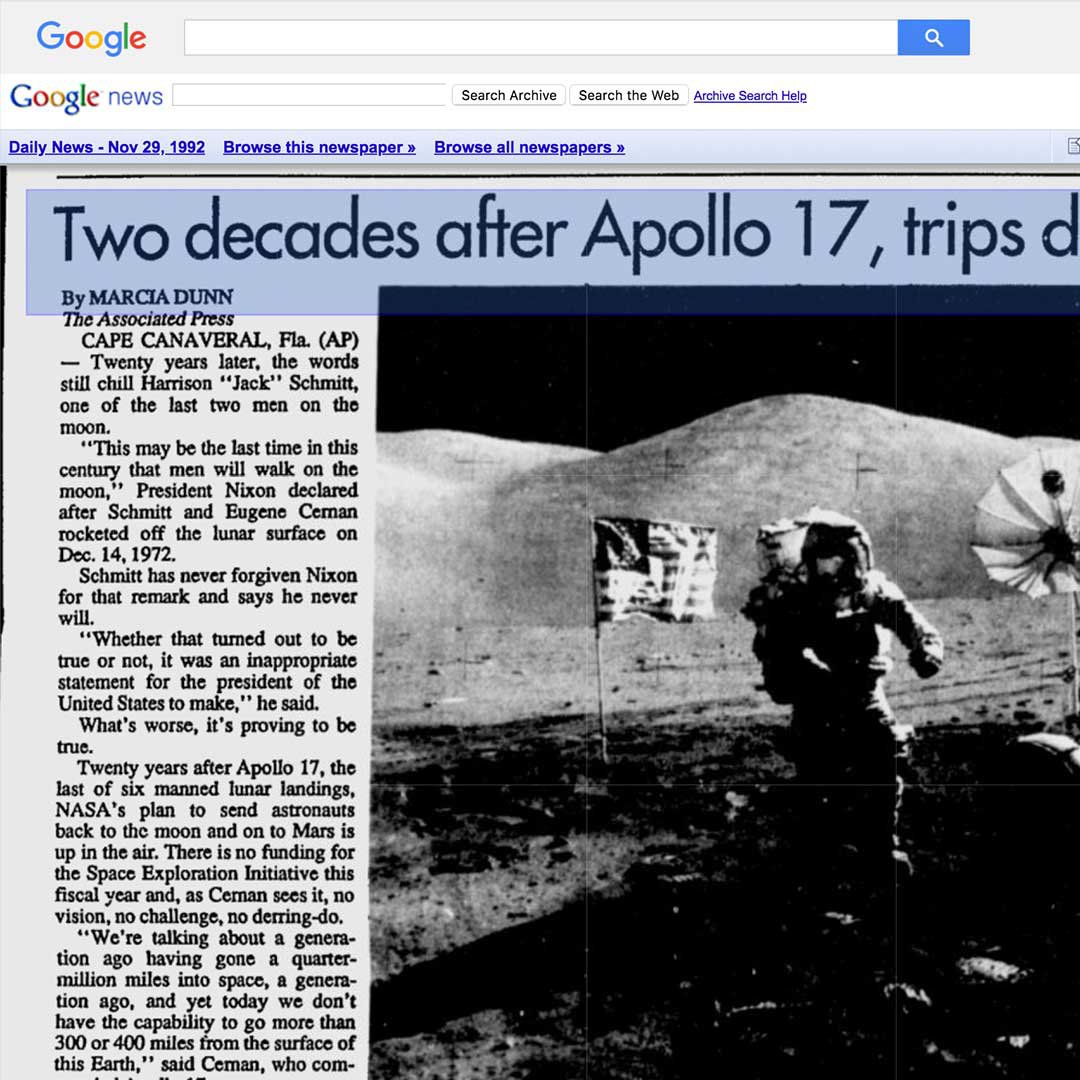Everything about News Articles
Everything about News Articles
Blog Article
All About News Articles
Table of ContentsAll about News ArticlesHow News Articles can Save You Time, Stress, and Money.Little Known Facts About News Articles.News Articles Things To Know Before You BuyThe Of News Articles
Excellent knowledge of various subjects provides trainees an affordable side over their peers. Despite the fact that electronic and social media sites are readily available, we ought to not neglect just how essential it is to read the newspapers. Parents must try and inculcate the habit of checking out a paper as an everyday routine to proceed the legacy of the adored print tool.Information tales also consist of at least one of the complying with vital qualities family member to the designated audience: distance, prominence, timeliness, human interest, quirk, or consequence.
Within these limits, newspaper article likewise aim to be detailed. However, various other factors are included, some stylistic and some derived from the media kind. Amongst the larger and more reputable newspapers, fairness and balance is a major aspect in providing information. Discourse is generally confined to a different section, though each paper may have a different overall slant.
Newspapers with an international target market, for instance, often tend to utilize an extra official style of composing. News Articles.; usual style overviews consist of the and the United States News Design Book.
The News Articles Ideas
Generally, journalists will certainly not make use of a long word when a brief one will certainly do. They use subject-verb-object building and dazzling, energetic prose (see Grammar). They provide narratives, examples and metaphors, and they hardly ever rely on generalizations or abstract concepts. Information authors attempt to prevent using the very same word greater than when in a paragraph (in some cases called an "echo" or "word mirror").
Nevertheless, headings sometimes omit the topic (e.g., "Jumps From Boat, Catches in Wheel") or verb (e.g., "Feline woman lucky"). A subhead (additionally subhed, sub-headline, subheading, subtitle, deck or dek) can be either a subservient title under the main headline, or the heading of a subsection of the post. It is a heading that precedes the major text, or a team of paragraphs of the primary message.

of a write-up subject, source, or interviewee), it is described as a drawn quote or draw quote. Additional signboards of any of these kinds may appear later on in the short article (specifically on succeeding pages) to entice more analysis. Journalistic web sites occasionally make use of animation methods to exchange one billboard for another (e.g.
Some Known Details About News Articles
Such signboards are additionally made use of as guidelines to the short article in other sections of the publication or site, or as promotions for the piece in various other magazine or websites. Press launch of the Swiss federal government. Regular framework with title, lead paragraph (recap in vibrant), various other paragraphs (details) and call info.

Example of a hard-lead paragraph NASA is suggesting an additional area job. The budget requests roughly $10 billion for the job.
An "off-lead" is the second most important front web page information of the day. To "bury the lead" is to start the short article with background information or details of second relevance to the readers, forcing them to read even more deeply right into a short article than they should have to in order to discover the necessary points.
Things about News Articles
Typical usage is that a person or two sentences each form their very own paragraph. Reporters Our site normally explain the company or framework of a newspaper article as an inverted pyramid. The necessary and most interesting aspects of a story are put at the start, with supporting details complying with in order of diminishing value.
It enables people to discover a topic to just the depth that their interest takes them, and without the imposition of details or nuances that they might consider irrelevant, yet still making that info readily available to more interested viewers. The upside down pyramid framework also allows articles to look these up be cut to any approximate length throughout design, to fit in the area available.
Some authors start their tales with the "1-2-3 lead", yet there are numerous kinds of lead offered. This style usually starts with a "Five Ws" opening up paragraph (as described above), adhered to by an indirect quote that serves to support a major component of the first paragraph, and after that a direct quote to sustain the indirect quote. [] A twist can refer to numerous points: The last tale current broadcast; a "pleased" story to finish the program.
Longer short articles, such as publication cover write-ups and the pieces that lead the inside sections of a paper, are understood as. Feature stories vary from straight information in numerous methods.
See This Report about News Articles
A feature's initial paragraphs frequently associate an intriguing minute or event, as in an "unscientific lead". From the details of a person or episode, its view promptly widens to generalizations concerning the story's subject.

The Editor's learn the facts here now Tool kit: A Reference Overview for Beginners and Professionals (2001) Allan M. Siegal and William G. Connolly. The New York City Times Guidebook of Style and Usage: The Authorities Design Guide Utilized by the Writers and Editors of the World's Most Authoritative Paper (2002) M. L. Stein, Susan Paterno, and R.
Report this page